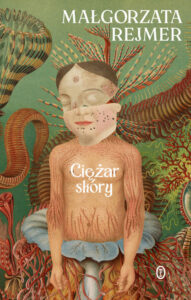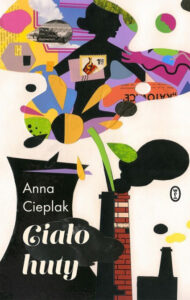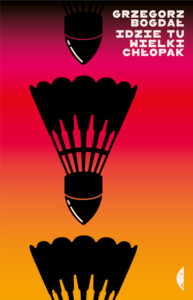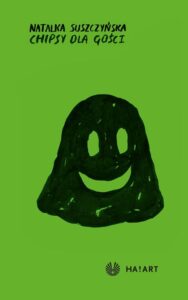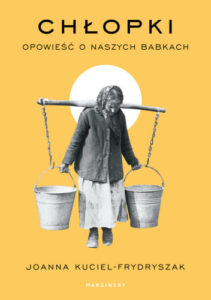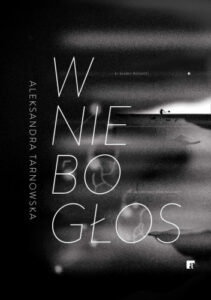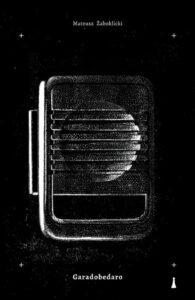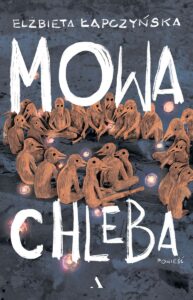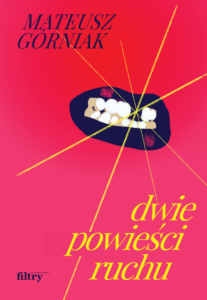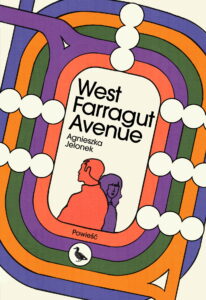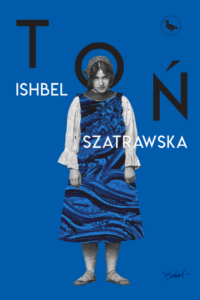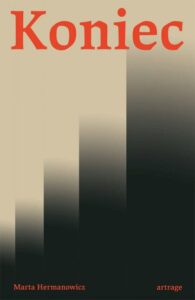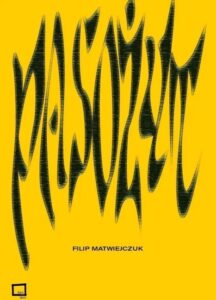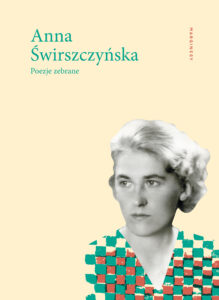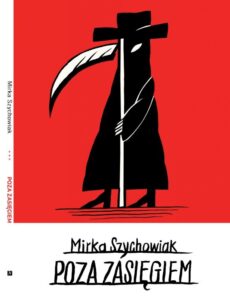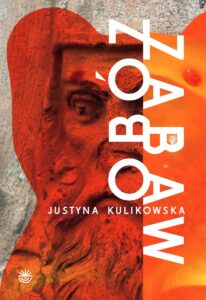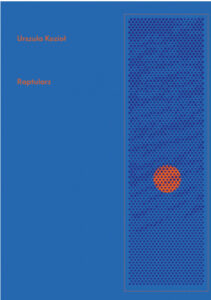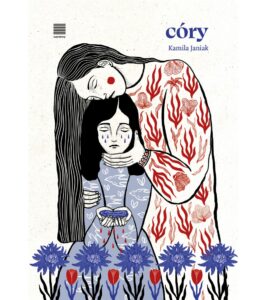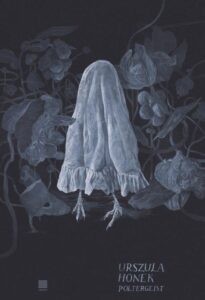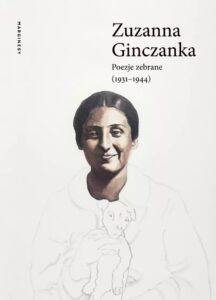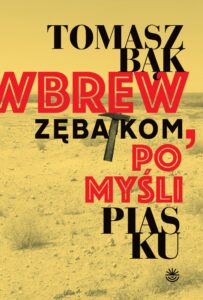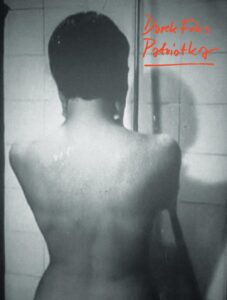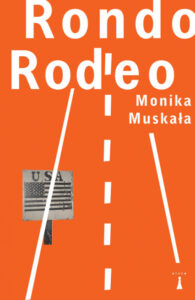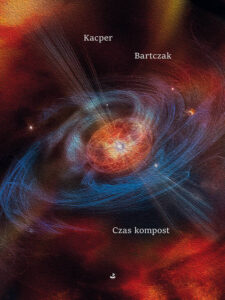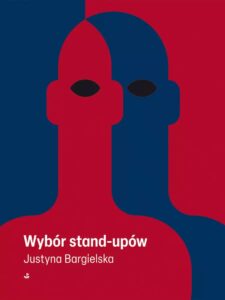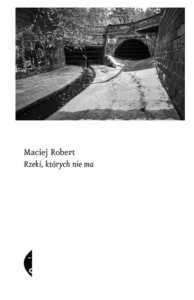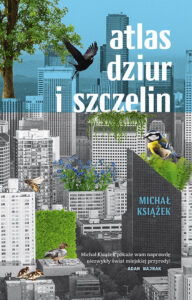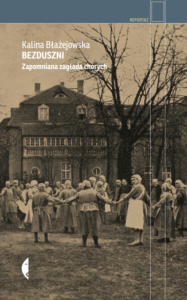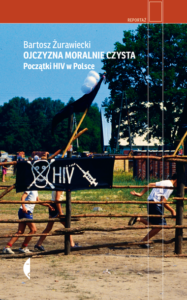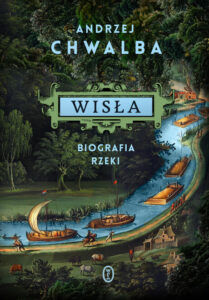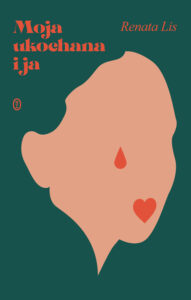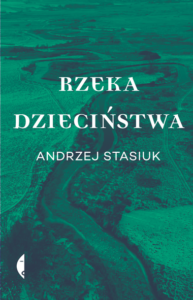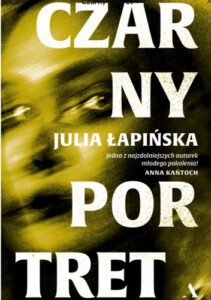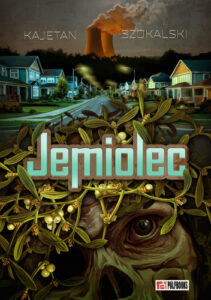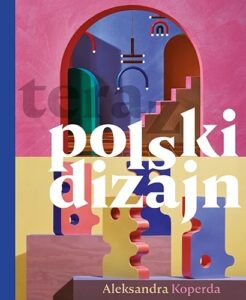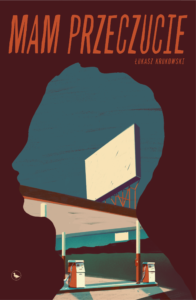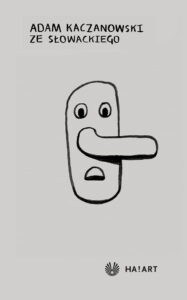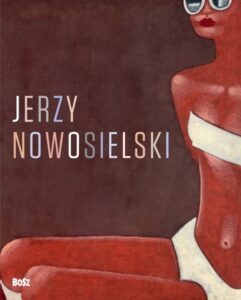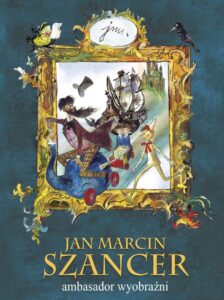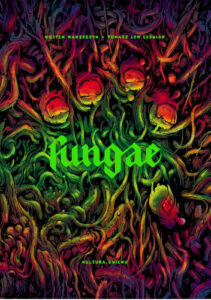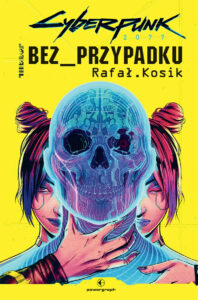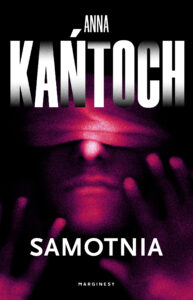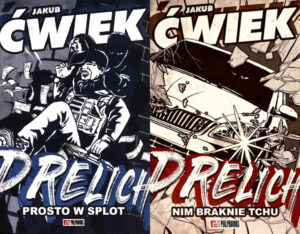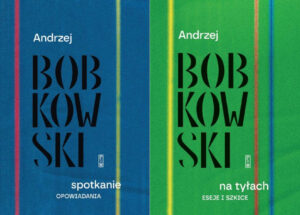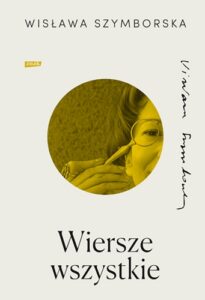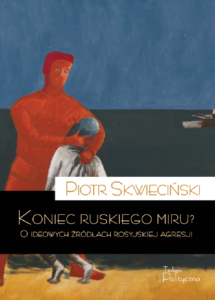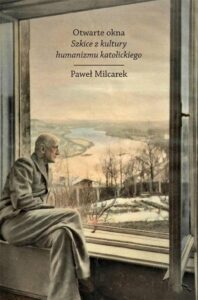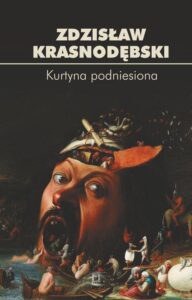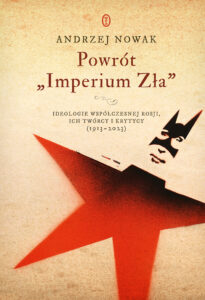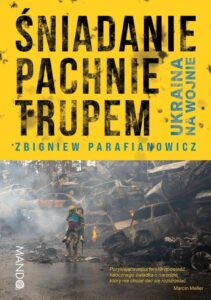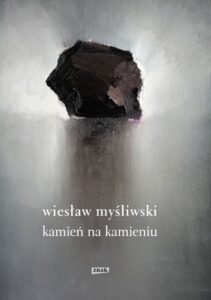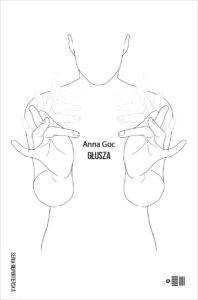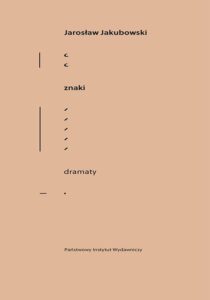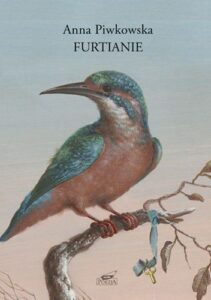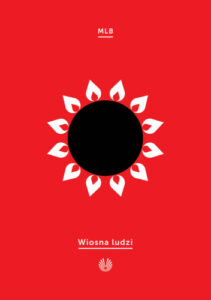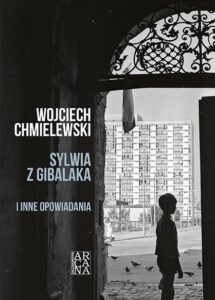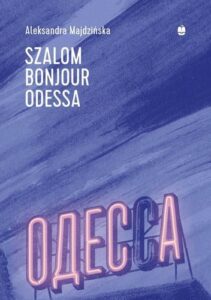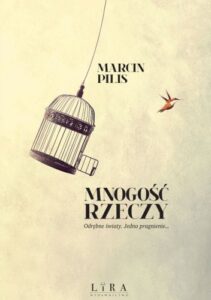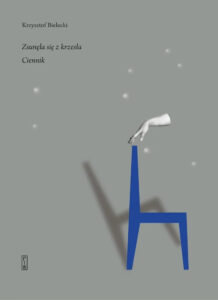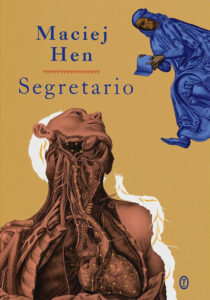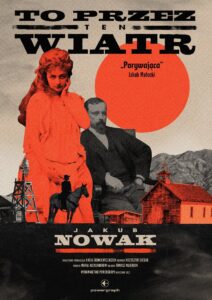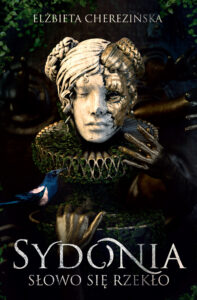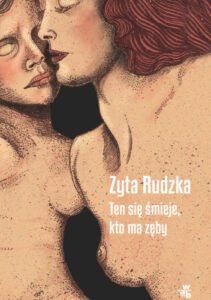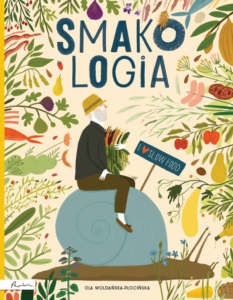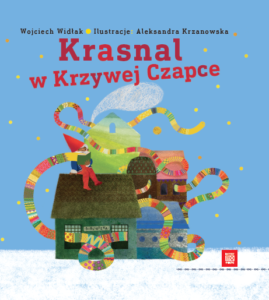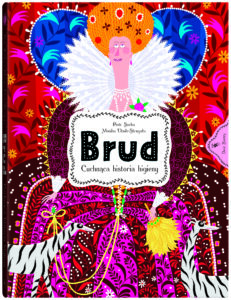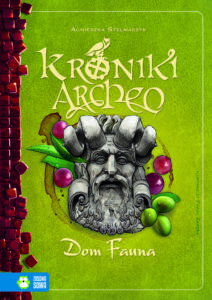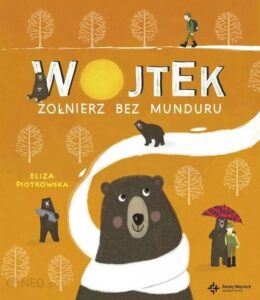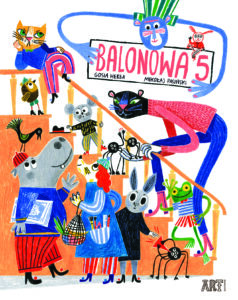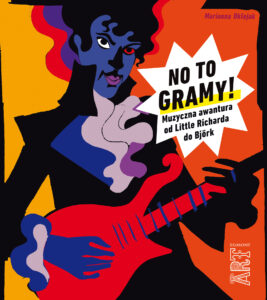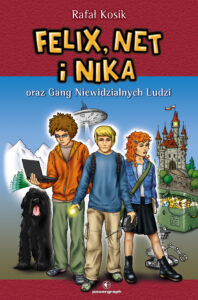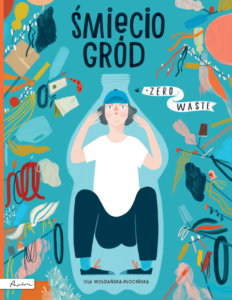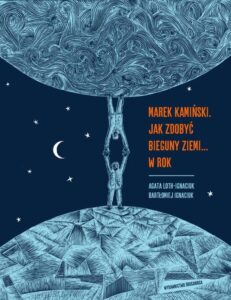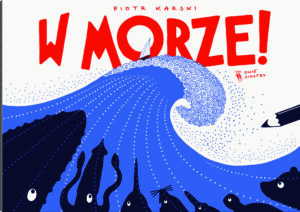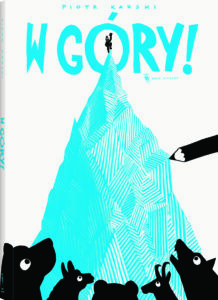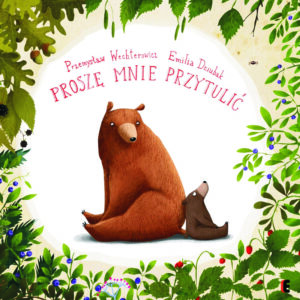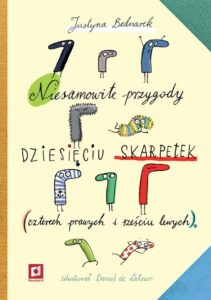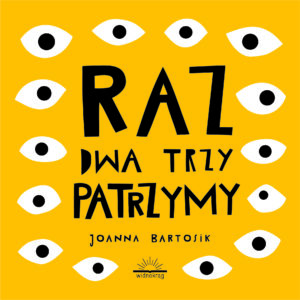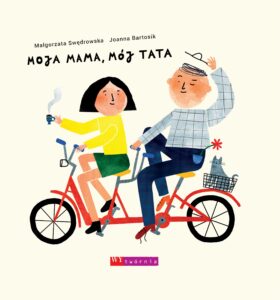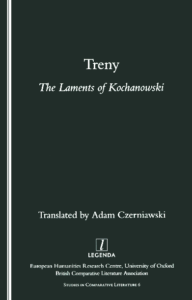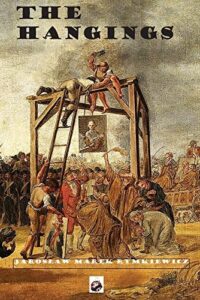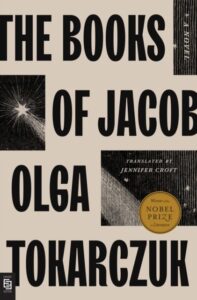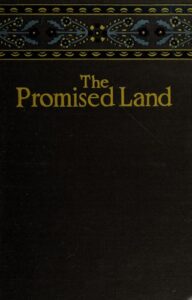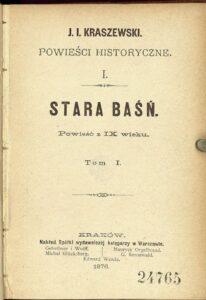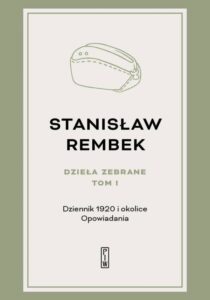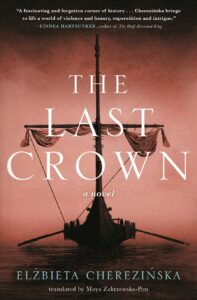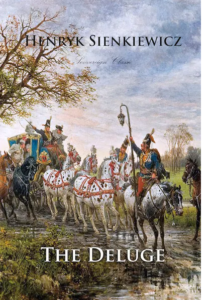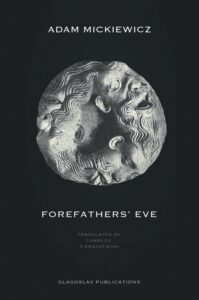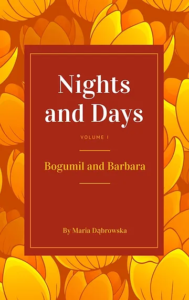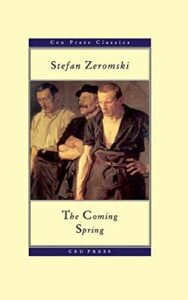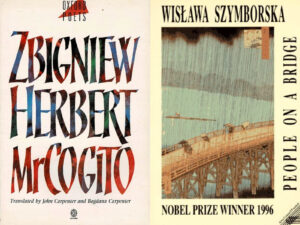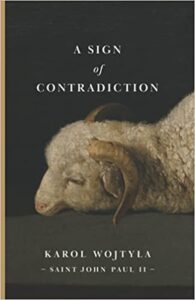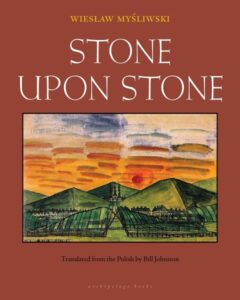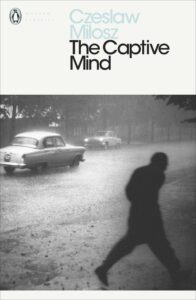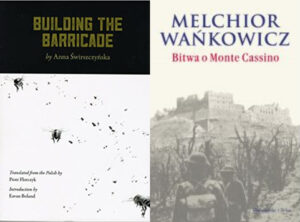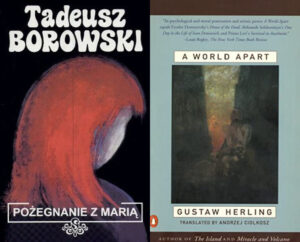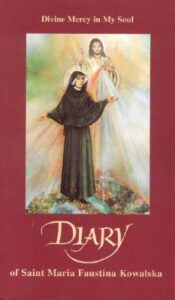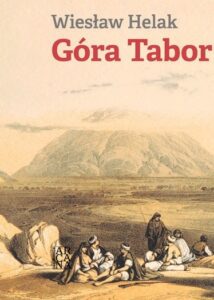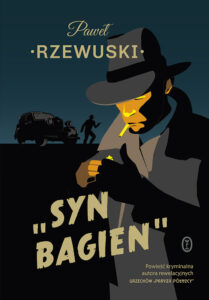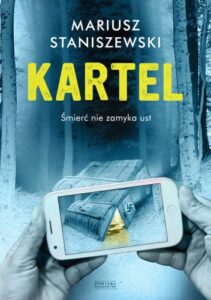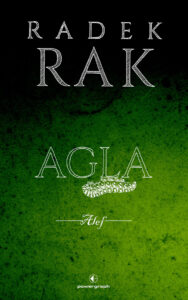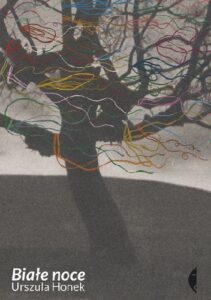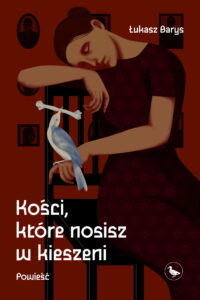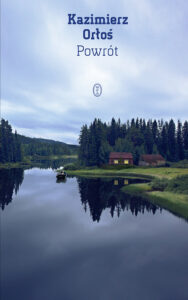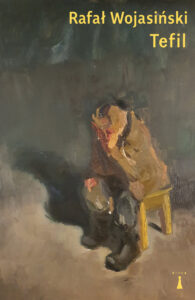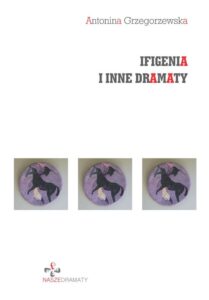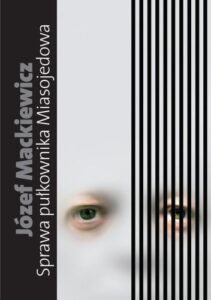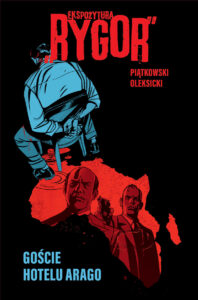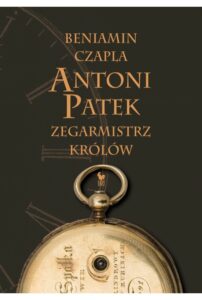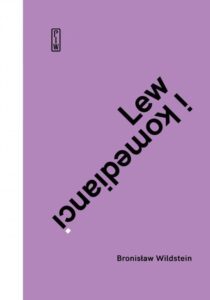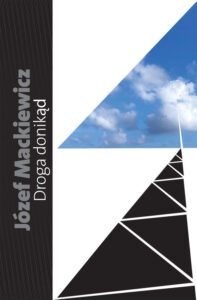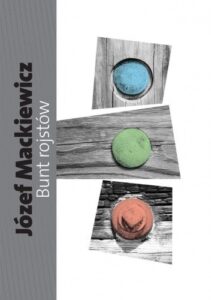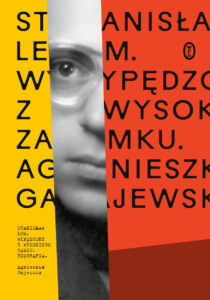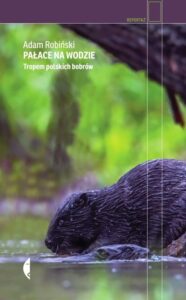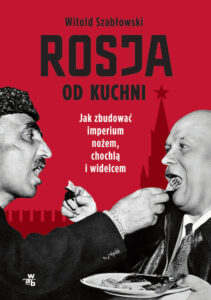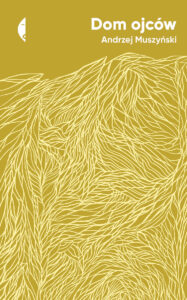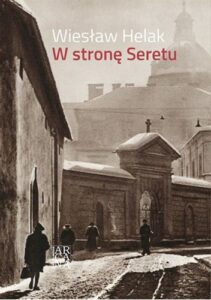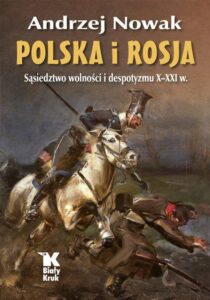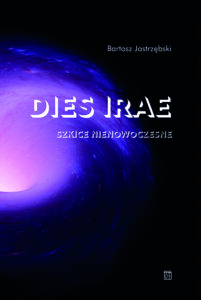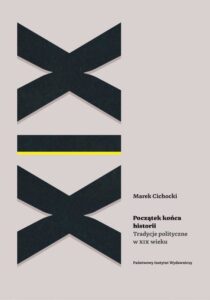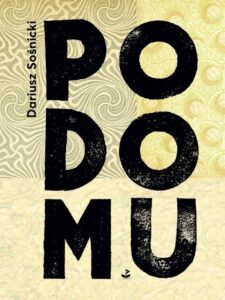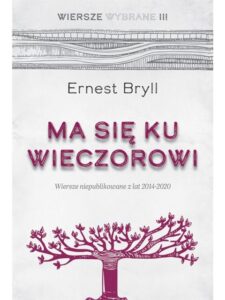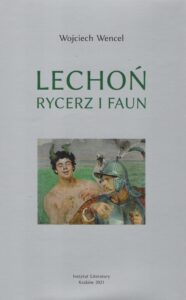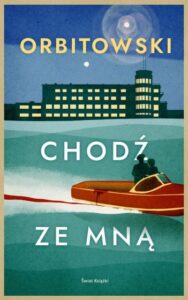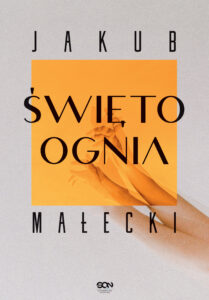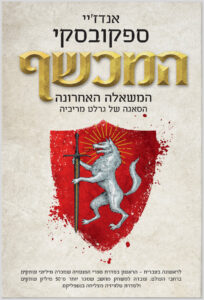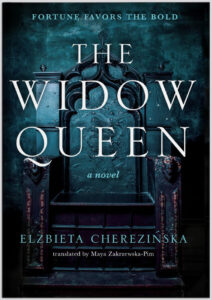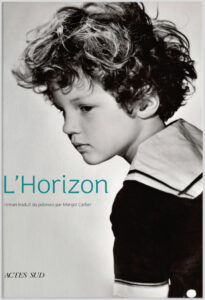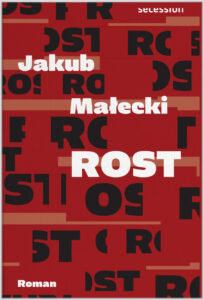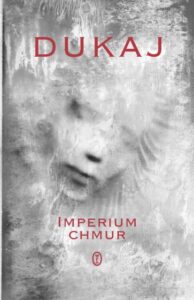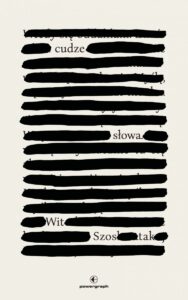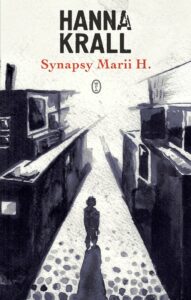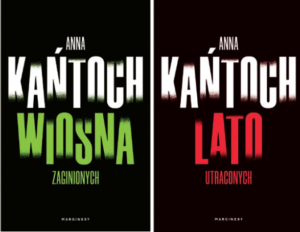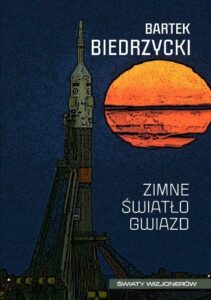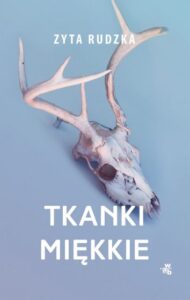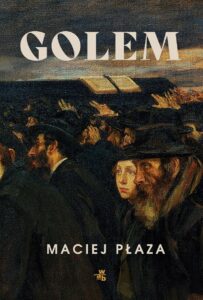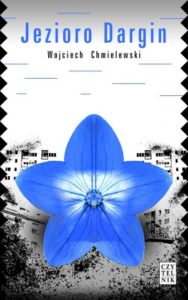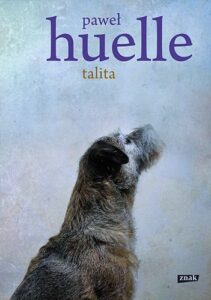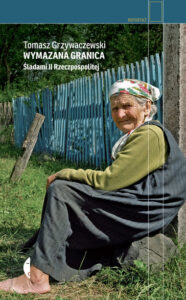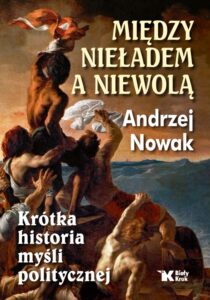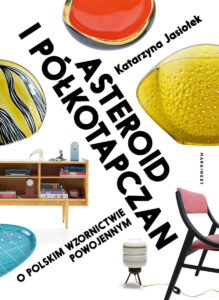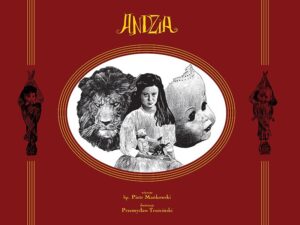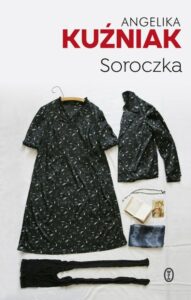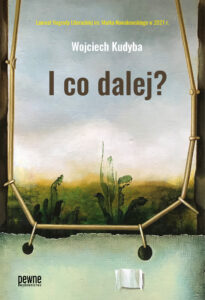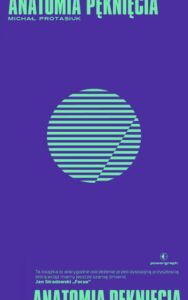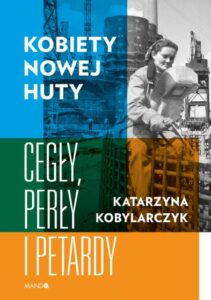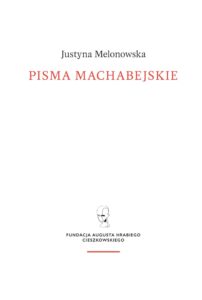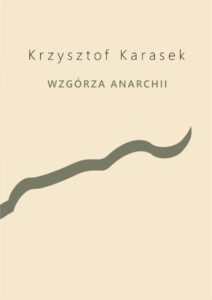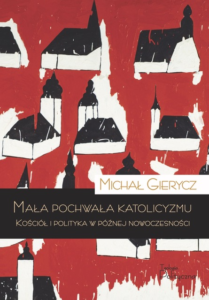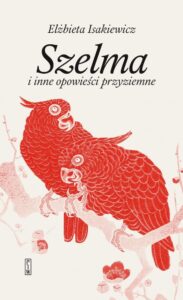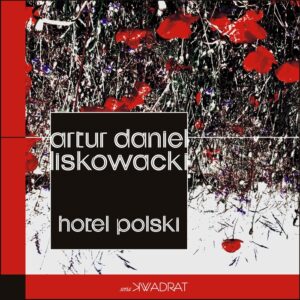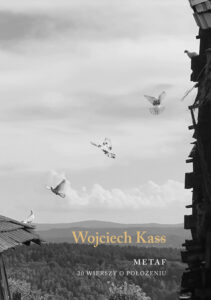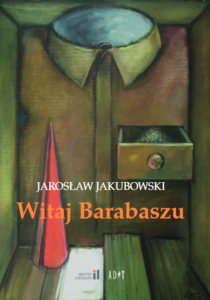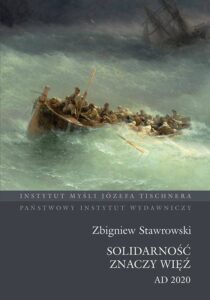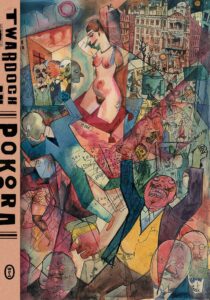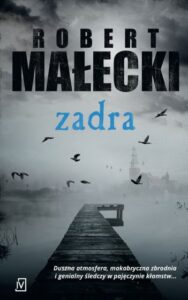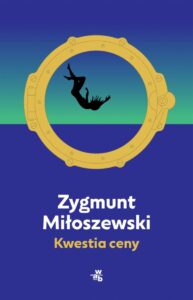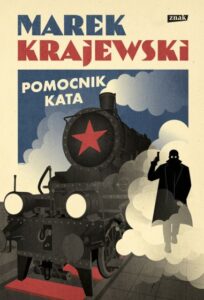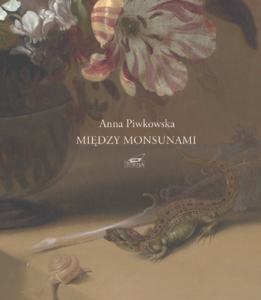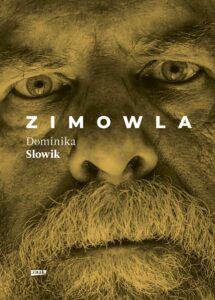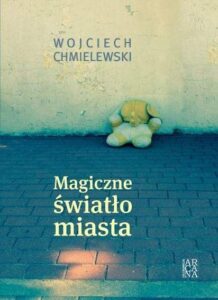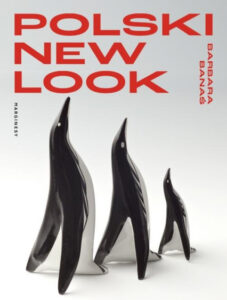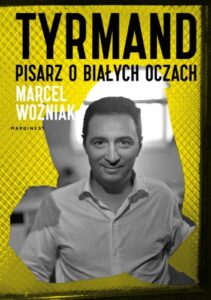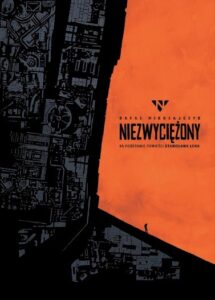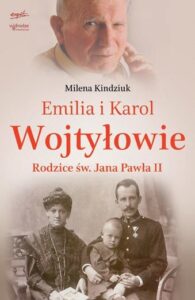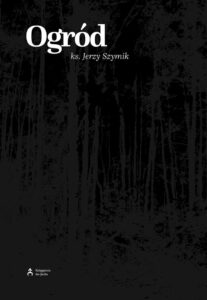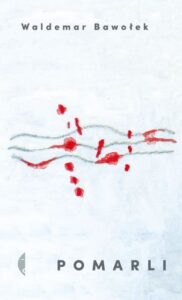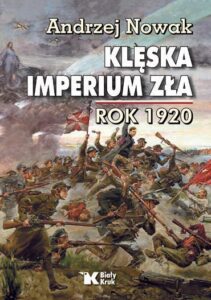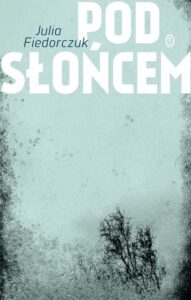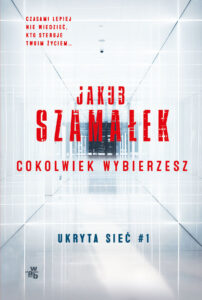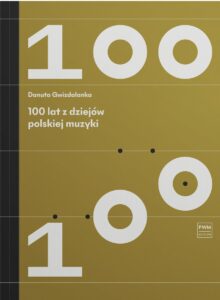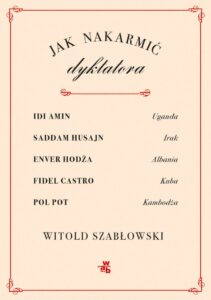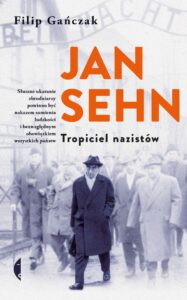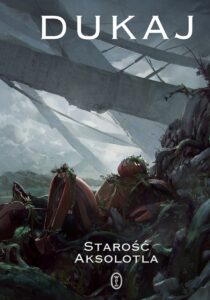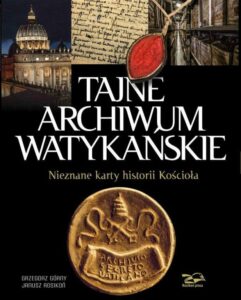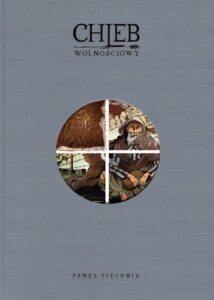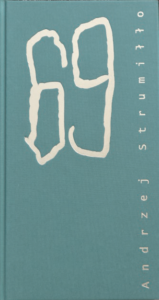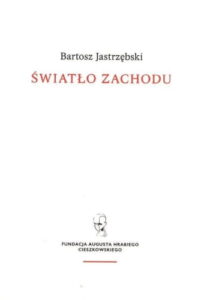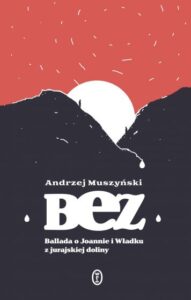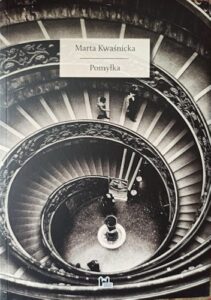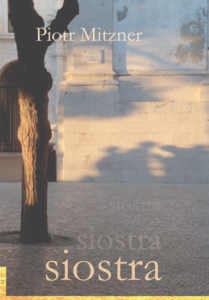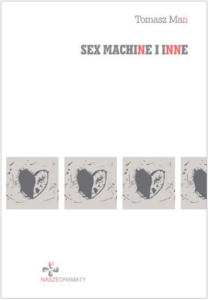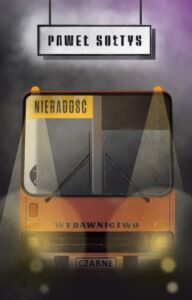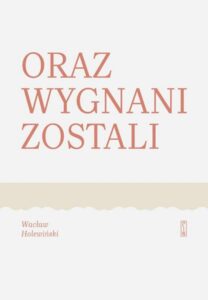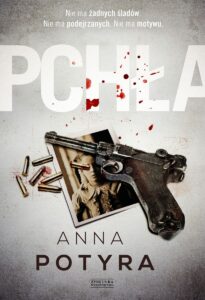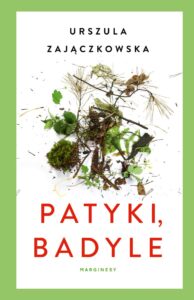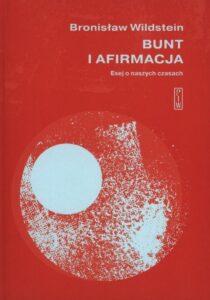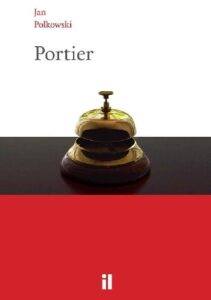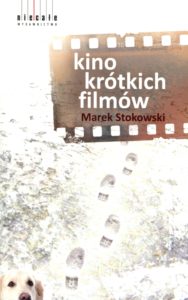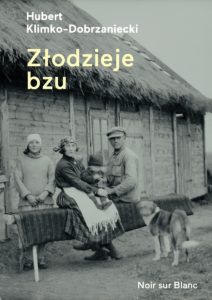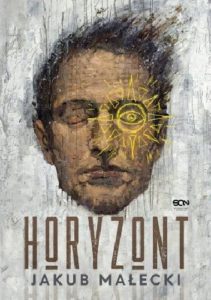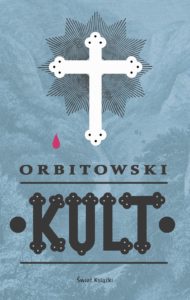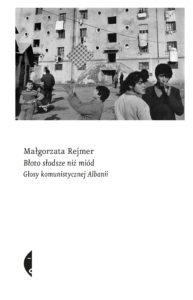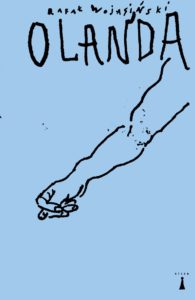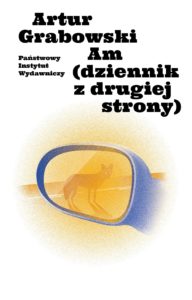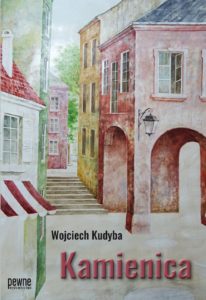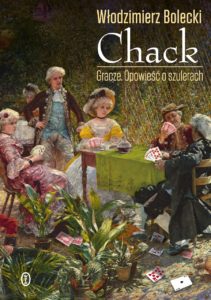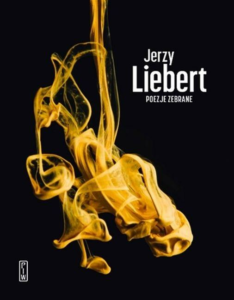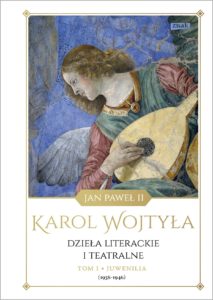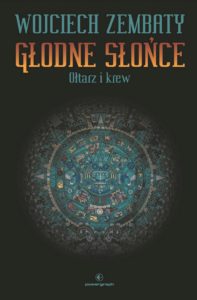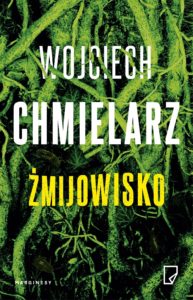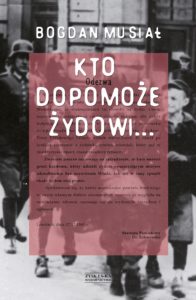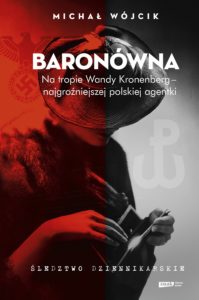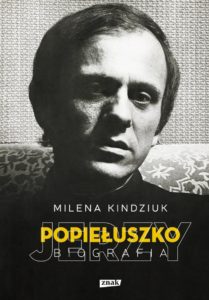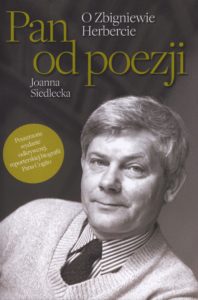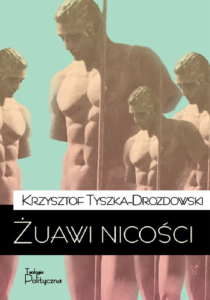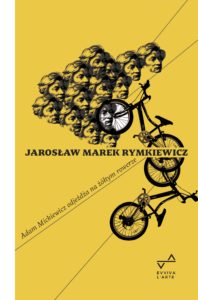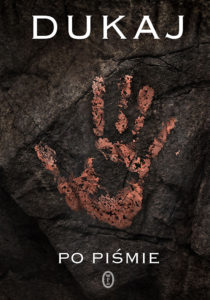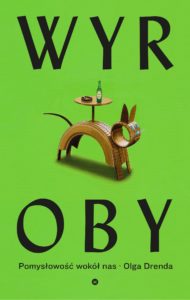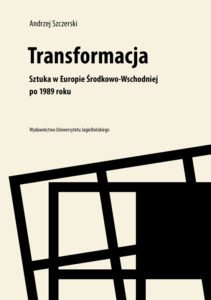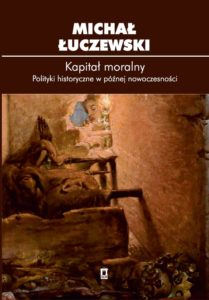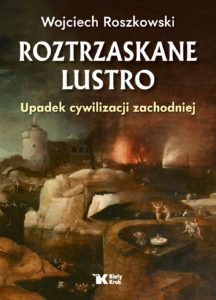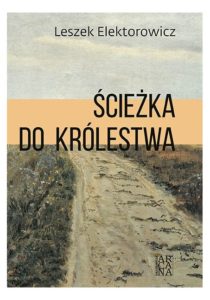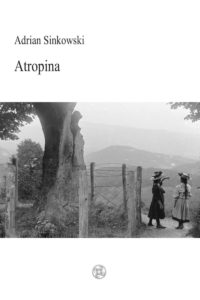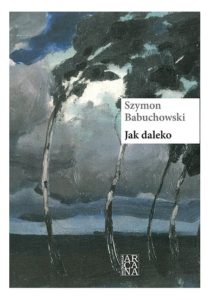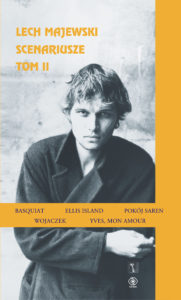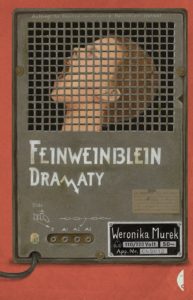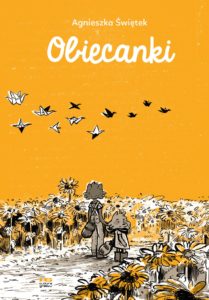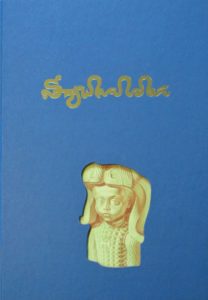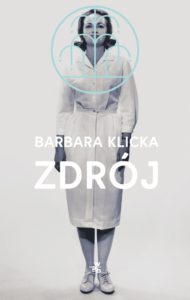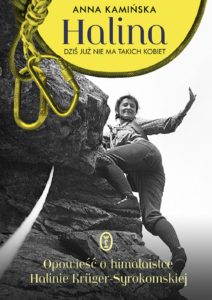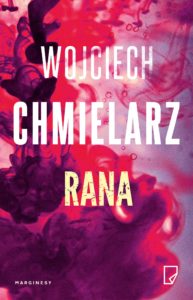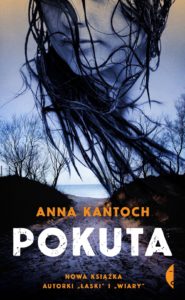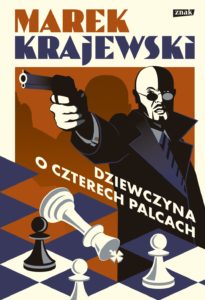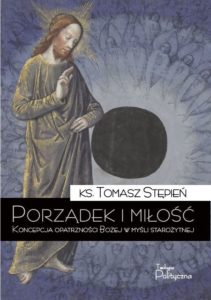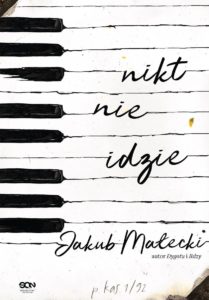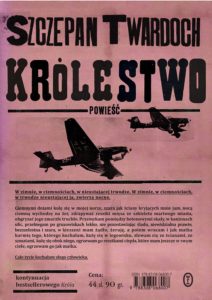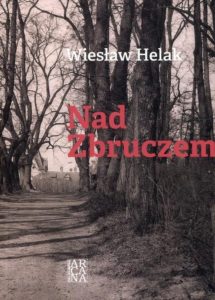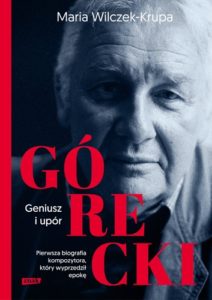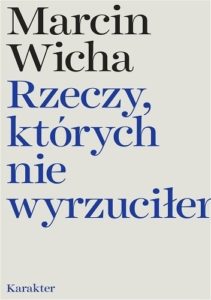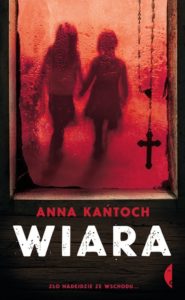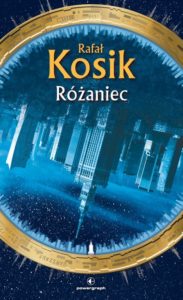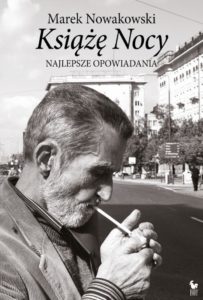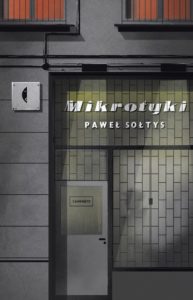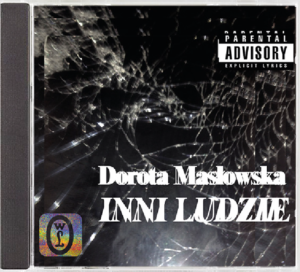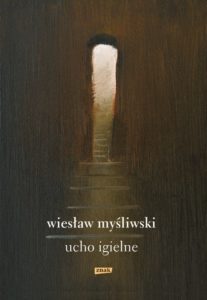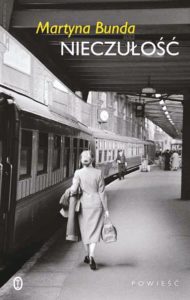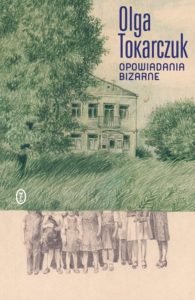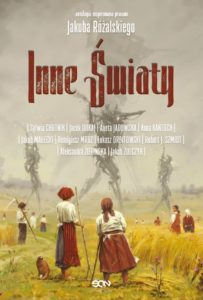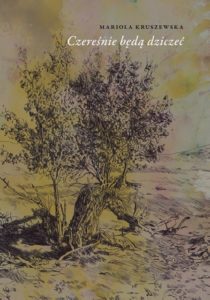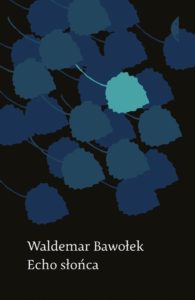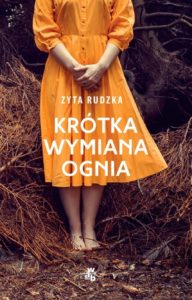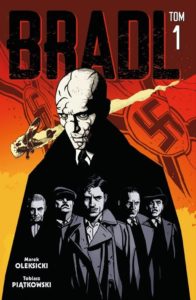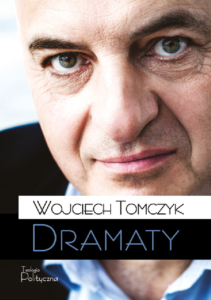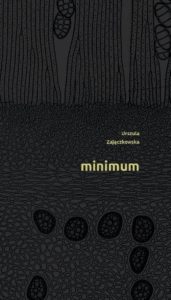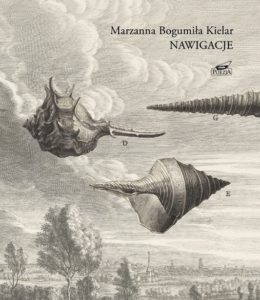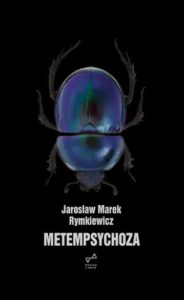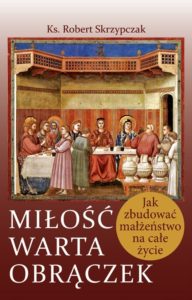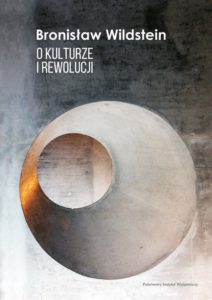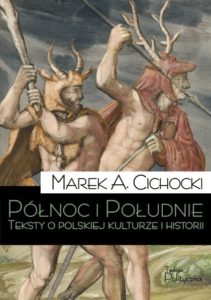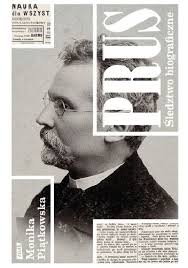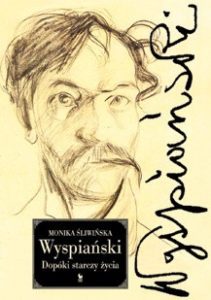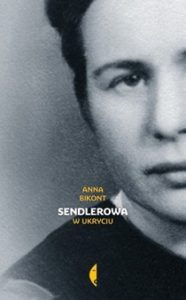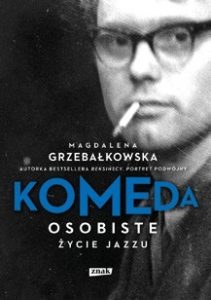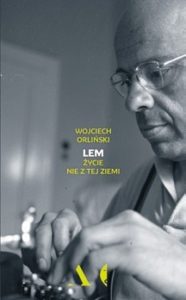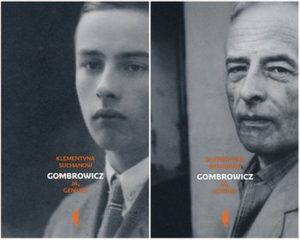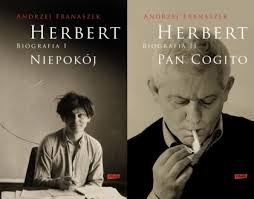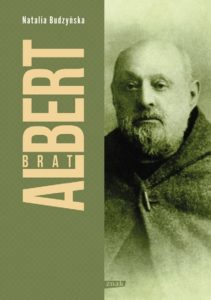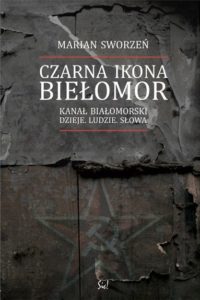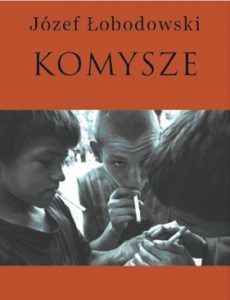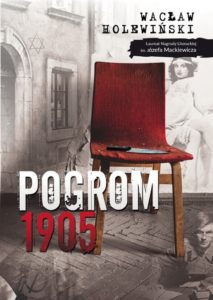Essays in proof of the consistency of humanism and Catholicism
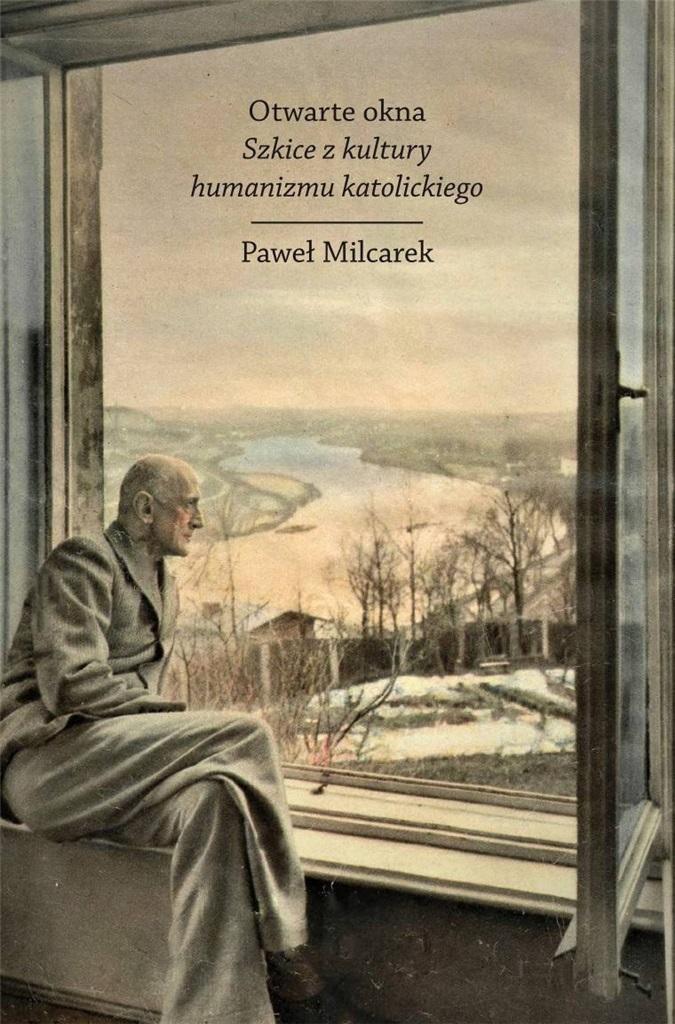
Essays in proof of the consistency of humanism and Catholicism

(For excerpt in Spanish, please, scroll down)
Fantasy
One might think – over-hastily, at that – that the author’s chief ambition and measure during the creation of a narrative is to obtain the maximum degree of adaptability or identity of his creation with our world. But no. The work of art will never become reality – the drawing close of the one to the other through the practical acceptance of the rule of “the cohesion characterising reality” only makes the narrative a work of art. The fact that the work of art is a fable, is decided by the employment of a material form that complements the “otherness” of the imagination. It’s all about fantasy.
Tolkien understood fantasy as “a quality essential to the fairy story.” We call it, rather, its form; or in other words, the interior principle of its identity. In fantasy, Tolkien saw a combination of “the art of creation as such and that quality of strangeness and Wonder in the Expression derived from the image.”
The true leaven of the fairy story is to be seen, then, in the material of the narrative as soon as there appear in it “images of things that are not only ‘not actually present,’ but which are indeed not to be found in our primary world at all, or are generally believed not to be found there.” We have already spoken of such images in our discussion of the question of the proper preparation of the matter of the narrative. Yet we must realise that the fairy story arises only then, when the imagination characterising itself by “otherness” becomes an ingredient of the world of “the cohesion characterising reality”.
On what is that fantasy or the fantastic to be based? That otherness in narrative development, so different from our experience that it evokes the impression of a peculiar strangeness, a wonder, that sometimes makes the skin crawl, but more often whets the appetite for adventure? If there is no question – nor can there be – of any common, absurd or even diabolical negation of our world, and the sense of the strange is not to slide into any prosaic and cacophonous freakishness; since the power of art is to unite the strange with its own sense of the “cohesion characterising reality” – there is no reason to reckon that the “enchanted” world of the fairy tale should be a world that contradicts metaphysics. This is not an “anti-metaphysical world” from which the categories of, for example, substance and accident should disappear, or the distinction between the existing and the non-existing. It is always a world created according to the logos, and thus, such a world in which a certain metaphysics retains its strength and currency.
Now, of what sort of metaphysics are we speaking? For sure, it is not identical with the one we employ to interpret our world of original reality. The metaphysics of the world of fantasy is not in contradiction to the former, but in a certain way it is broader: for it is – and there is nothing surprising in this at all – a metaphysics of possibilities, not a metaphysics of facts. The dissimilarity to the original world is based, not on any turbulent struggle against its principles, but upon the “freedom from the domination of observed ‘fact’.” Having written this, a few lines later on Tolkien comes out against a misidentification of fantasy with dreams or psychological aberrations. Fantasy is not irrational, he explains. It departs from “facts”, but it does not tumble into absurdity.
This does not mean that the metaphysics or the ontology found in the arsenal of fairy-tale narrative and at the foundations of the fantastical world is without error and does not give rise to reservations. I fear that even the metaphysics of a world of subcreational possibilities has its murkiness, or questions that are not fully understandable. It is not strange that some readers of The Lord of the Rings, although sensing quite well the gravity of the logos of the work, directed certain “metaphysical” questions at the author, for which now he felt a gratitude due to intelligent and faithful receptors of a work of art, while at other times again becoming frustrated by questions that sought to pin him down too tightly, as the creator of a fantasy world, to logic. Today, we may well be concerned with the extra-literary, “metaphysical” non-contradictory nature of the longevity of elves (which Tolkien explained, although perhaps clumsily, by means of the concept of metempsychosis), the pedigree of orcs, the life of nazgûl-spectres, the corporeality of sorcerers[1] and the Valar themselves, as well as the identification of the ents with their charges the trees. We are free to wonder whether people and elves should be treated as two different species (substantial difference), or two human races (accidental difference). All of these are metaphysical problems – just the same as the question of the eventual “rationality” of the good eagles (and the good wolfhound Huan, Luthien’s helper in the Silmarillion).
We dare not provide any answers to these questions such as would be prepared on the basis of the metaphysics of our real world, that metaphysics of facts – rather, we must search for them in the metaphysics of possibilities, limited (beyond fundamental non-contradiction) by data defined in the subcreation. The prosecution of such meditations – perhaps exotic, but far from nonsensical – is not indispensable to the reception of the tale (at least not at a first reading). After all, just as the elfin “alphabets” in the annexes respond to an aroused philological appetite, these meditations respond to a natural curiosity of a philosophical nature. Their methodological exclusion would suggest a disdain for reason. And you won’t find that in good fairy tales.
Translated by Charles S. Kraszewski
[1] As an example of Tolkein’s thinking: “G[andalf] is not, of course, a human being (Man or Hobbit). There are naturally no precise modern terms to say what he was. I wd. venture to say that he was an incarnate ‘angel’ – strictly an άγγελος, that is, with the other Istari, wizards, ‘those who know’, an emissary from the Lords of the West, sent to Middle-earth, as the great crisis of Sauron loomed on the horizon.” Letter to Robert Murray, SJ (draft), 4 November 1954.
***
VENTANAS ABIERTAS. ENSAYOS SOBRE LA CULTURA DEL HUMANISMO CATÓLICO
FANTASÍA
Podría uno pensar –y sería algo apresurado– que la mayor ambición y la medida que emplea el autor a la hora de crear su novela es lograr que su obra se ajuste al máximo o se identifique con nuestro mundo. Pero no es así. La composición nunca se convertirá en realidad: su acercamiento, por medio de la aceptación práctica de la regla de “consistencia interna de la realidad” sólo consigue hacer de ella una obra de arte. Y lo que resulta concluyente para determinar que esa obra de arte es un cuento de hadas es que la materia consiga una forma que complementa la “otredad” de la imaginería. Hablamos de la fantasía.
Tolkien consideraba la fantasía “una cualidad esencial de los cuentos de hadas” –nosotros la llamaremos más bien su forma, su principio interno de identidad. Tolkien veía en la fantasía la capacidad de abarcar “el Arte subcreativo y la cualidad de sorpresa y asombro expositivos que se derivan de la imagen”.
El germen de un verdadero cuento de hadas surge ya por tanto en la materia de la obra cuando aparecen en ella “la imaginación no sólo de cosas que «no están realmente presentes», sino también de estas que con toda certeza no vamos a poder encontrar en nuestro mundo primario, o en las que nadie cree”.
Ya hablamos con anterioridad de esas imágenes al referirnos a la adecuada preparación de la materia de la obra, pero debemos ser conscientes de que sólo tendremos ante nosotros un cuento de hadas si las imágenes que se caracterizan por su “irrealidad” son componentes de un mundo poseedor de una “consistencia interna de la realidad”.
Pero ¿en qué habría de consistir esa fantasía o fantasticidad, esa otredad en el florecimiento narrativo? Tan distinta de nuestra experiencia que provoca una sensación de peculiar ajenidad, de una extrañeza que unas veces hace que se nos ponga la piel de gallina y otras, las más, nos despierta el apetito de la aventura. Ya que no se trata ni se puede tratar de una negación común, absurda o incluso diabólica de nuestro mundo, y puesto que la sensación de tratar con lo extraño no ha de devenir en un vulgar y farfullero fantaseo; ya que el poder del arte ha de conjugar esa extrañeza con cierto sentimiento de “consistencia interna de la realidad”, no tenemos motivos para juzgar que ese mundo mágico del cuento de hadas haya de ser contrario a la metafísica. No se trata de un mundo “antimetafísico” del que desaparecen p.ej. las categorías de substancia y accidentes, o la diferencia entre lo existente y lo no existente. Es siempre un mundo creado según un logos, y por tanto cierta metafísica conserva en él su fuerza y validez.
¿De qué metafísica hablamos? Desde luego no es una réplica de aquella por medio de la cual interpretamos nuestro mundo de la realidad primaria. La metafísica del mundo de los cuentos de hadas no es contraria a aquella, pero es en cierto modo más amplia, pues se trata –lo que no debe en absoluto extrañarnos– de una metafísica de las posibilidades, y no de una metafísica de los hechos. La diferencia con el mundo primario no consiste en una lucha devastadora contra los principios de éste, sino en la “liberación de la esclavitud del «hecho observado»”. Unos párrafos después de escribir esto, Tolkien se pronunció contra la confusión de la fantasía con los sueños o con los trastornos mentales. La fantasía no es irracional –aclaró. Huye de los “hechos”, pero no cae en el absurdo.
No quiere decir esto que la metafísica y la ontología que encontramos en el trasfondo de la narrativa del cuento de hadas y en los fundamentos de su mundo sean perfectamente cabales o inobjetables. Me temo que incluso la metafísica de las posibilidades subcreadas tiene sus imprecisiones o cuestiones no del todo comprensibles. No es de extrañar que algunos lectores de El Señor de los Anillos –que captaban bien la seriedad del logos de la obra– interrogaban al autor acerca de diversas cuestiones “metafísicas”, suscitaban en Tolkien la gratitud debida a todo receptor inteligente y fiel de una obra de arte, y a veces también su irritación por preguntas que arrinconaban excesivamente la lógica empleada por el creador de un mundo mágico. Aún hoy podemos preocuparnos por la extraliteraria y “metafísica” no-contradicción de la longeva vida de los elfos (que Tolkien explicaba, quizá algo torpemente, por medio de la idea de la metempsicosis), o por la proveniencia de los orcos, por la vida de los espectros-nazgul, por la corporeidad de los magos o la de los propios Valar, o por cómo los ents se asemejan a los árboles que protegen. Podemos discurrir acerca de si debemos tratar a los hombres y a los elfos como a dos especies distintas (diferencia esencial) o como a dos razas humanas (diferencia accidental). Todo esto son problemas metafísicos, igual que la cuestión de la eventual “racionalidad” de las buenas águilas (y del buen perro Huan, ayudante de Luthien en el Silmarillion).
No debemos responder a estas preguntas empleando la metafísica de nuestro mundo real, aquella metafísica de los hechos, sino que debemos buscar en la metafísica de las posibilidades, limitadas éstas (aparte de por el principio fundamental de no contradicción) por los datos determinados en la subcreación. Estas divagaciones –quizá extravagantes, pero no sin sentido– no son indispensables para la recepción de la novela (al menos para una primera recepción), pero responden a una natural curiosidad de tipo filosófico, igual que la aparición de los “alfabetos” élficos respondían al apetito filológico que Tolkien había despertado. Su exclusión despertaría la sospecha de un desprecio a la razón, y eso es algo de lo que carecen los buenos cuentos de hadas.
Traducción: Higinio J. Paterna Sánchez
Selected samples
She climbed her first peaks in a headscarf at a time when women in the mountains were treated by climbers as an additional backpack. It was with her that female alpinism began! She gained recognition in a spectacular way. The path was considered a crossing for madmen. Especially since the tragic accident in 1929, preserved … Continue reading “Halina”
First, Marysia, a student of an exclusive private school in Warsaw’s Mokotów district, dies under the wheels of a train. Her teacher, Elżbieta, tries to find out what really happened. She starts a private investigation only soon to perish herself. But her body disappears, and the only people who have seen anything are Gniewomir, a … Continue reading “Wound”
A young girl, Regina Wieczorek, was found dead on the beach. She was nineteen years old and had no enemies. Fortunately, the culprit was quickly found. At least, that’s what the militia think. Meanwhile, one day in November, Jan Kowalski appears at the police station. He claims to have killed not only Regina but also … Continue reading “Penance”
The year is 1922. A dangerous time of breakthrough. In the Eastern Borderlands of the Republic of Poland, Bolshevik gangs sow terror, leaving behind the corpses of men and disgraced women. A ruthless secret intelligence race takes place between the Lviv-Warsaw-Free City of Gdańsk line. Lviv investigator Edward Popielski, called Łysy (“Hairless”), receives an offer … Continue reading “A Girl with Four Fingers”
This question is closely related to the next one, namely: if any goal exists, does life lead us to that goal in an orderly manner? In other words, is everything that happens to us just a set of chaotic events that, combined together, do not form a whole? To understand how the concept of providence … Continue reading “Order and Love”
The work of Józef Łobodowski (1909-1988) – a remarkable poet, prose writer, and translator, who spent most of his life in exile – is slowly being revived in Poland. Łobodowski’s brilliant three- volume novel, composed on an epic scale, concerns the fate of families and orphans unmoored by the Bolshevik Revolution and civil war and … Continue reading “Ukrainian Trilogy: Thickets, The Settlement, The Way Back”
